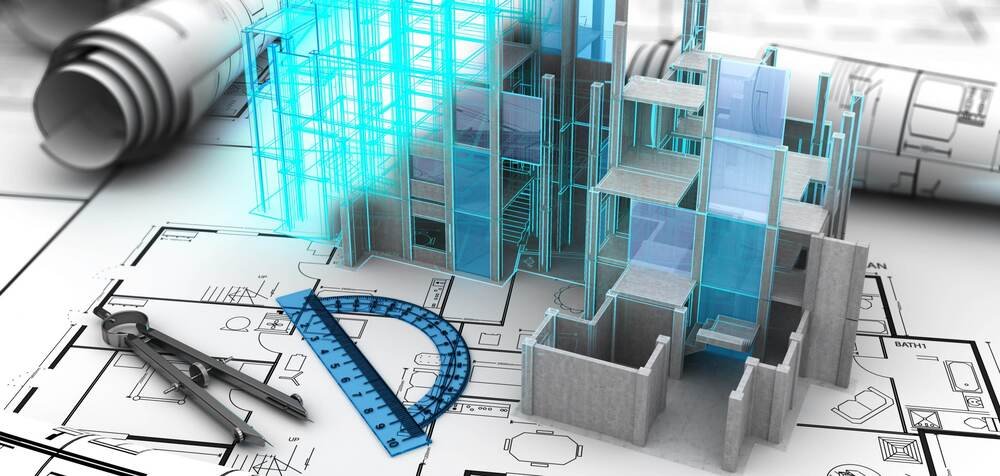BIM Modeling and Its Transformative Impact on the Real Estate Industry

In the digital era, we are witnessing the transformative power of technology across various sectors. It dramatically improves productivity, streamlines operations, and brings about innovative solutions to traditional problems. Within this context, the real estate industry has made noteworthy strides, with Building Information Modeling (BIM) playing a pivotal role.
In this blog post, we’ll delve into the world of BIM, explore its transformative potential within the real estate sector, and discuss its importance for businesses in the construction and development sectors. We’ll cover critical aspects such as improved visualization capabilities, cost-effectiveness, and collaboration enhancement.
Demystifying BIM
First, Let’s break down what Building Information Modeling or BIM is about. It’s a technologically driven process utilized primarily within the architecture, engineering, and construction (AEC) industries. The ultimate goal of BIM is to facilitate the generation and management of the physical and functional characteristics of a building.
3D Models: A New Perspective
Unlike traditional 2D blueprints, BIM creates elaborate 3D models of buildings, providing contractors, architects, engineers, and various professionals involved in the process with the ability to oversee potential issues and configurations and understand spatial relationships before breaking ground.
Collaboration: Working Together
As a shared repository of information, BIM promotes collaboration among project stakeholders from the design phase to the construction and maintenance phase. This collaborative inference allows a comprehensive and cohesive approach to the project among all parties involved.
The Role of BIM in Transforming the Real Estate Industry
Waving goodbye to the era of 2D blueprints and welcoming BIM technology has been nothing short of a revolution for the real estate industry. The shift allows stakeholders to accurately visualize and plan the construction of a building before turning the first sod. However, visualization is just the tip of the iceberg.
Visualization at Its Best
BIM modeling services offer real estate developers the capability to present a building’s structure and design in virtual 3D space, allowing all parties involved in the construction process to understand the building’s functionality and identify and rectify design flaws beforehand, thereby saving time, effort, and costly last-minute alterations.
BIM: A Boon for Efficiency and Cost-effectiveness
The BIM produces meticulously detailed records of components necessary for construction. This leads to controlled wastages, better scheduling and planning, drastically reduced overhead costs, and considerably shorter project durations. In a nutshell, BIM saves money and time, allowing for higher returns on investment.
Improved Collaboration Like Never Before
BIM acts as a single source of truth. It creates a central database that seamlessly flows information among stakeholders – architects, engineers, clients, and builders. With seamless exchange of information comes less miscommunication, reworking, and improved overall project execution.
BIM is not just a technology but a paradigm shift in the real estate industry, introducing levels of efficiency and transparency unheard of before. The advent of BIM brings a realization that technology integration is not just an optional enhancement but a necessity for businesses with a competitive growth mindset.
Realizing the initial investment in BIM technology may seem steep, but businesses have started to grasp its long-term profitability. This comprehension has led to a wave where many companies are exploring options to outsource BIM services to specialized service providers – a strategic decision providing an efficient, cost-effective, and advanced solution to enduring challenges.
Conclusion
BIM modeling has profoundly revolutionized the real estate industry, pushing it beyond its traditional confines and enhancing its efficiency and operational streamlining. For businesses in this sector to stay competitive, understanding, acknowledging, and welcoming this shift towards BIM is paramount. BIM gives developers a detailed visualization of proposed construction projects, ensures a unified understanding between stakeholders, and clarifies the path to project execution. The transition to this technology is indeed a strategic maneuver. This crucial turning point sparks innovation and leadership and sets the pace for growth in the ever-fluctuating real estate landscape.






